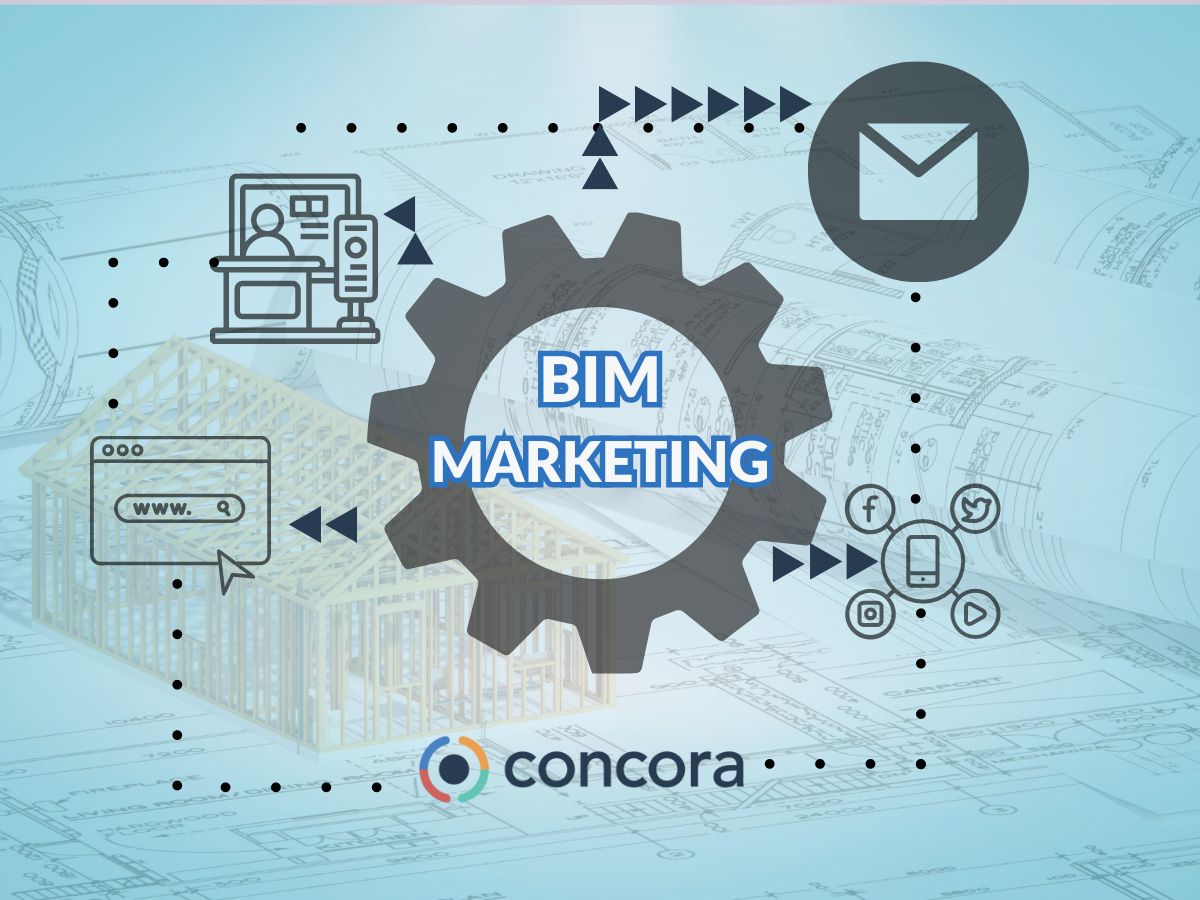Building Information Modeling (BIM) has revolutionized the way architects design and manage projects. According to an AIA survey, design firms are increasingly using BIM software. 100% of large firms, 88% of midsize firms, and 37% small firms use BIM.
However, BIM isn’t just a tool for design and construction – it’s also a powerful asset for building product manufacturers looking to enhance their marketing efforts. Below, we will explore how manufacturers can use BIM content to promote their products effectively and stand out in the design/specifications/construction market.
Ways to Market BIM Content
Utilizing BIM content in marketing strategies offers Building Product Manufacturers a competitive edge in the digital era. BIM content provides an immersive product presentation, greatly increasing the likelihood of product specification by AECs. Showcasing detailed product information, design compatibility, and sustainability support, BIM content enhances customer engagement through fostering trust and bolsters brand visibility in a competitive market.
BIM content can be marketed in numerous ways. Here are some effective strategies to consider:
- Email Marketing: Manufacturers can use email campaigns to share news about the latest BIM content updates. Highlight unique features and benefits in these communications, while providing links to download or explore the BIM content.
- Visualization: Manufacturers can place BIM content in a virtual model to showcase how it looks post-installation. This realistic representation can be a powerful visual tool to impress and engage potential customers.
- Social Media: Social media platforms are great for sharing visual content. Manufacturers can post images or videos of BIM content in finalized models, along with photo of completed projects. Be sure to use relevant hashtags and key words to reach a larger audience.
- Host BIM Content on Manufacturer’s Website: It’s important for manufacturers to ensure that BIM content is easily accessible on their website. Consider adding a dedicated tab or banner on the homepage that leads visitors directly to the BIM library. Keep in mind that according to AIA -“73 percent of architects will leave a site if they cannot find what they are seeking within a few clicks, and they are twice as likely to look for product information on a competitor’s website than they are to contact the manufacturer if they cannot find that information.”
- Webinars and Online Workshops: Hosting webinars and online workshops can be an effective way to educate architects, engineers, and contractors about products and their accompanying BIM content. These sessions can help potential customers understand the manufacturer’s products and that BIM content is available to be incorporating into designs.
- Case Studies and Success Stories: Manufacturers can share case studies or success stories to highlight the practical applications and benefits of their products’ BIM content. This approach can be particularly effective if manufacturers can show how their BIM content contributed to the success of a project.
- SEO for BIM Content: Optimize relevant keywords and meta data in product descriptions and webpages, ensuring BIM content is easily discoverable via search engines.
Benefits of BIM Marketing
Showcasing Products in a Realistic Environment
- BIM content allows manufacturers to present their products in a realistic, three-dimensional setting.
- Potential customers get a chance to visualize how the product fits and performs in real-life construction scenarios.
- This dynamic representation outshines static images or text descriptions, effectively demonstrating the features and benefits of products.
Facilitating Design Integration
- Availability of BIM content from manufacturers increases the likelihood of architects and designers specifying their products.
- BIM content makes it easier for design professionals to specify and incorporate these products into their designs.
- The use of BIM not only facilitates design integration but also elevates the visibility and accessibility of a manufacturer’s products within the design and construction community.
Providing Detailed Product Information
- BIM content are repositories of rich product information including dimensions, materials, and performance data.
- This easy access to detailed information empowers the AEC community in making informed decisions about product selection.
- Product and company information integrated in the BIM product models will be easily accessible to all the participants of the building project from design, through construction into facilities management.
Building Customer Engagement
- Manufacturers who understand that BIM has become a staple in the design process, and are proactive with available BIM compatible product models will experience higher engagement such as web visits, downloads, and returns for future projects.
- Once obtained customers can manipulate BIM content, experiment with different design options, and understand how a product interacts with other building components.
How Concora Can Help
- BIM Expertise: With 15 years of expertise, our team can help in the creation, maintenance, consultation, and distribution of BIM content. Hundreds of manufacturers have relied on Concora to provide models that are detailed, accurate, and incorporate all the relevant information needed.
- Visualization Services: Concora can transform BIM content into a virtual showcase. This service allows manufacturers to visualize their products in a realistic environment, helping potential customers understand how products will look and perform in their projects. [Link]
- Concora Spec: Our innovative platform allows manufacturers to host BIM content and all other technical product information/documents on their website. Concora Spec is designed to make it easy for specifiers to find and specify manufacturers’ products. It provides sales and marketing teams with previously unknown insights and analytics further driving product sales and specification.
Leveraging BIM content in marketing efforts can offer building product manufacturers a significant competitive advantage. As the construction industry continues to embrace digital transformation, manufacturers who effectively use BIM content in their marketing efforts will stand out.
Ready to elevate marketing strategy with BIM content? Contact Concora today to learn how our BIM services and Concora Spec platform can help you reach more customers.

